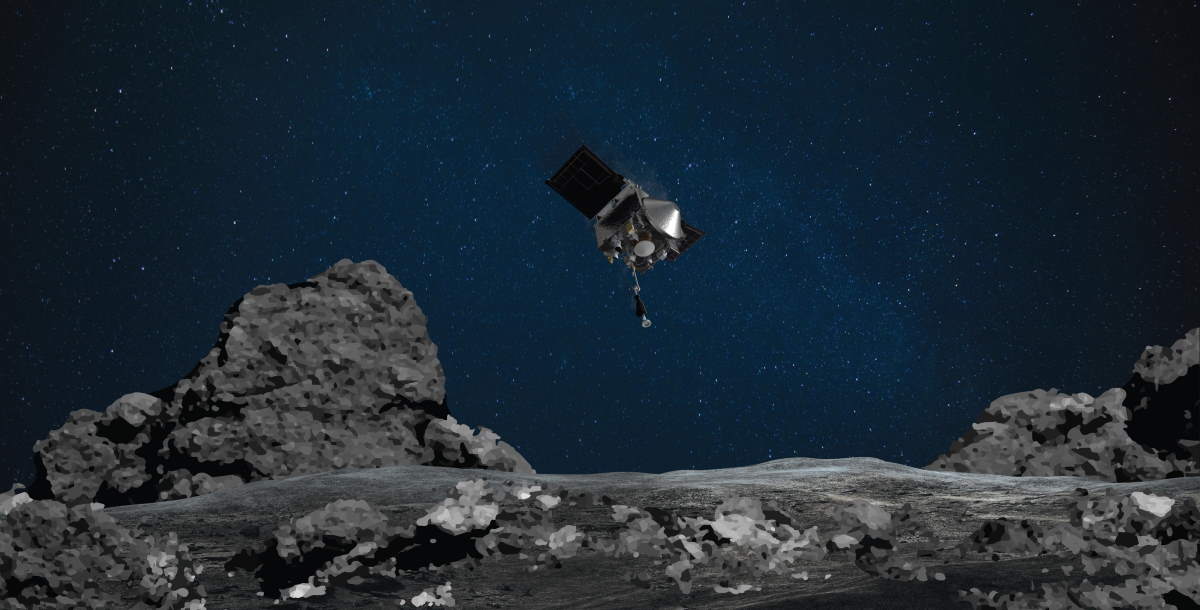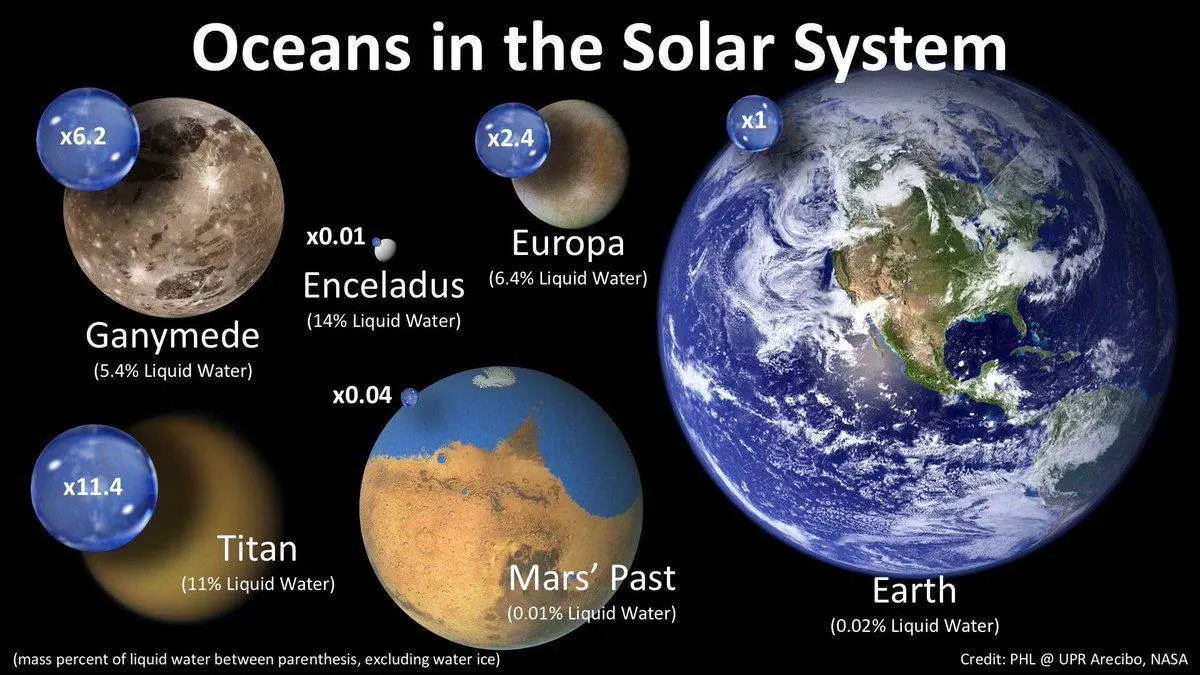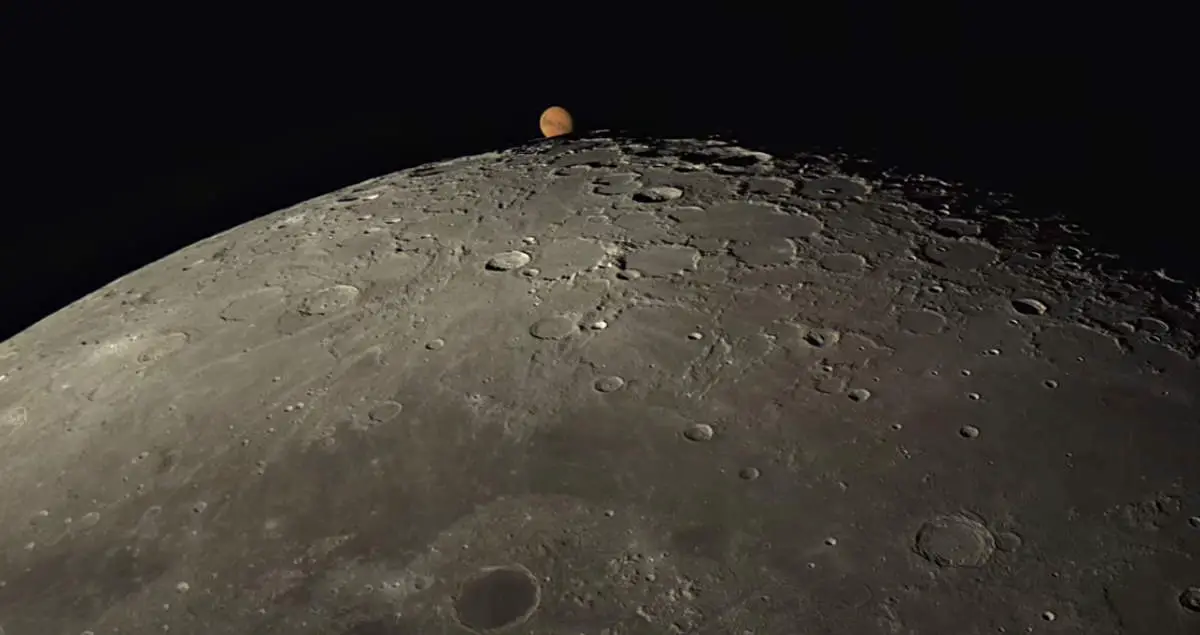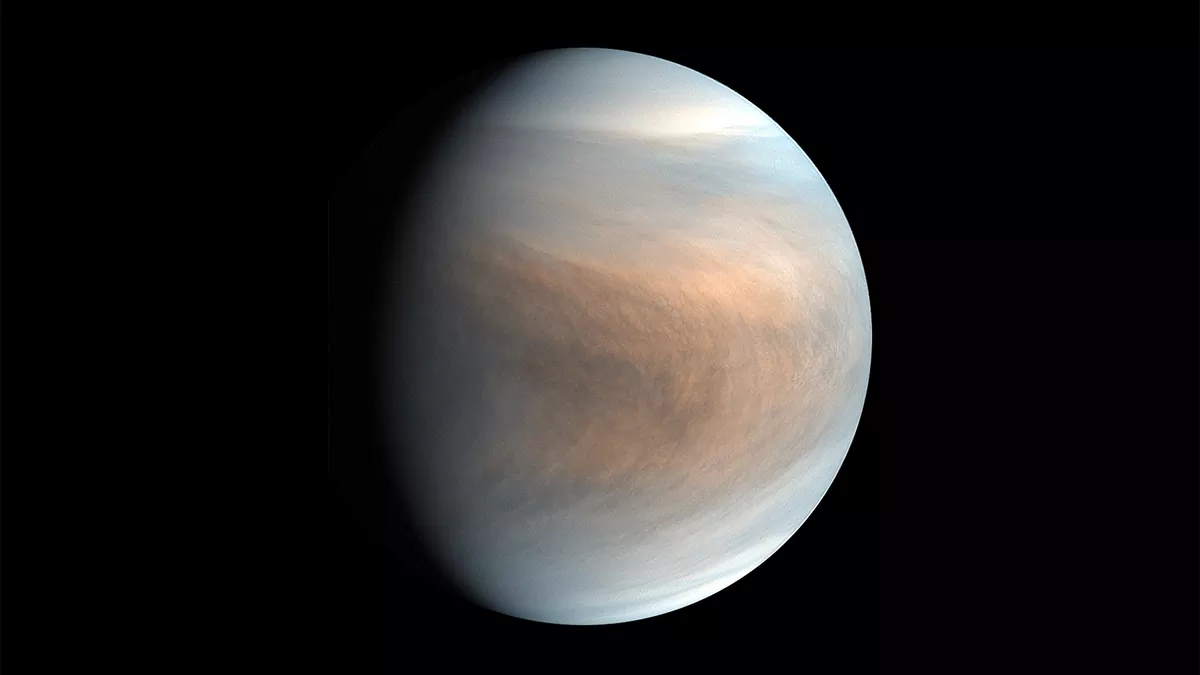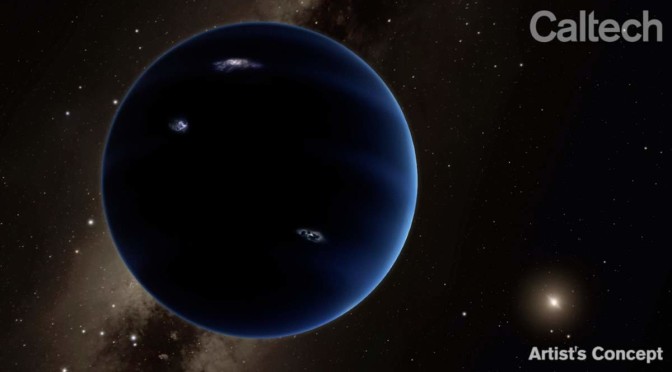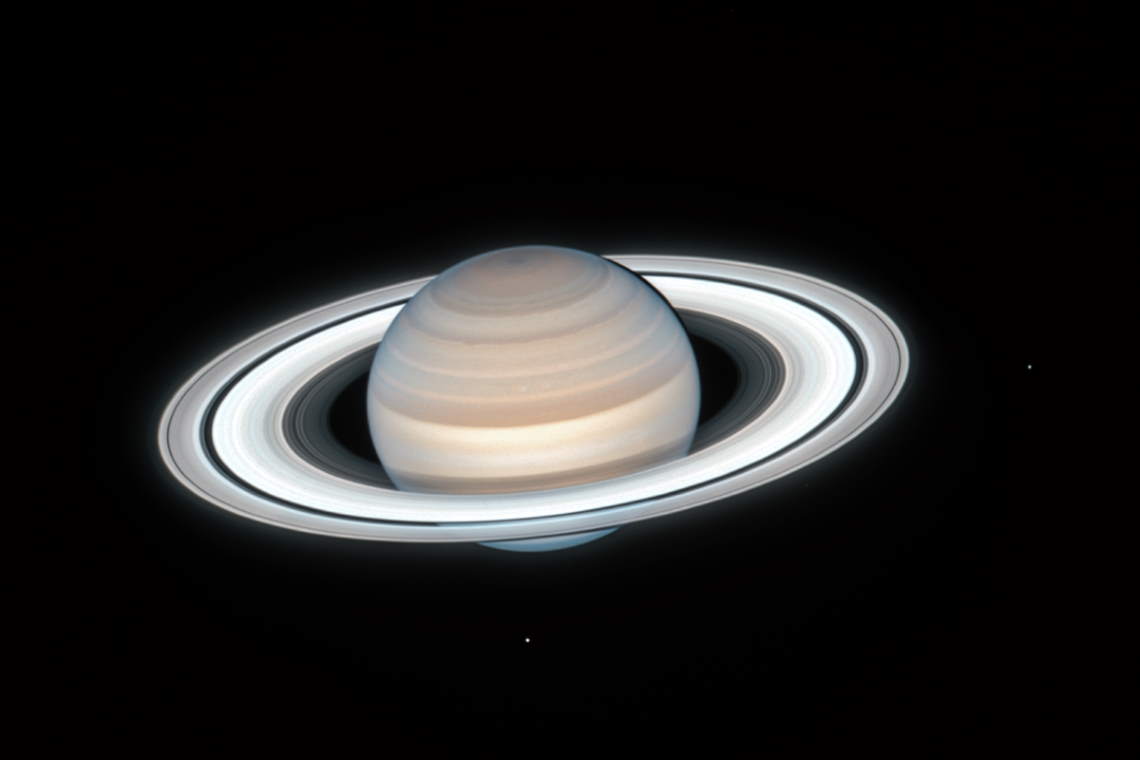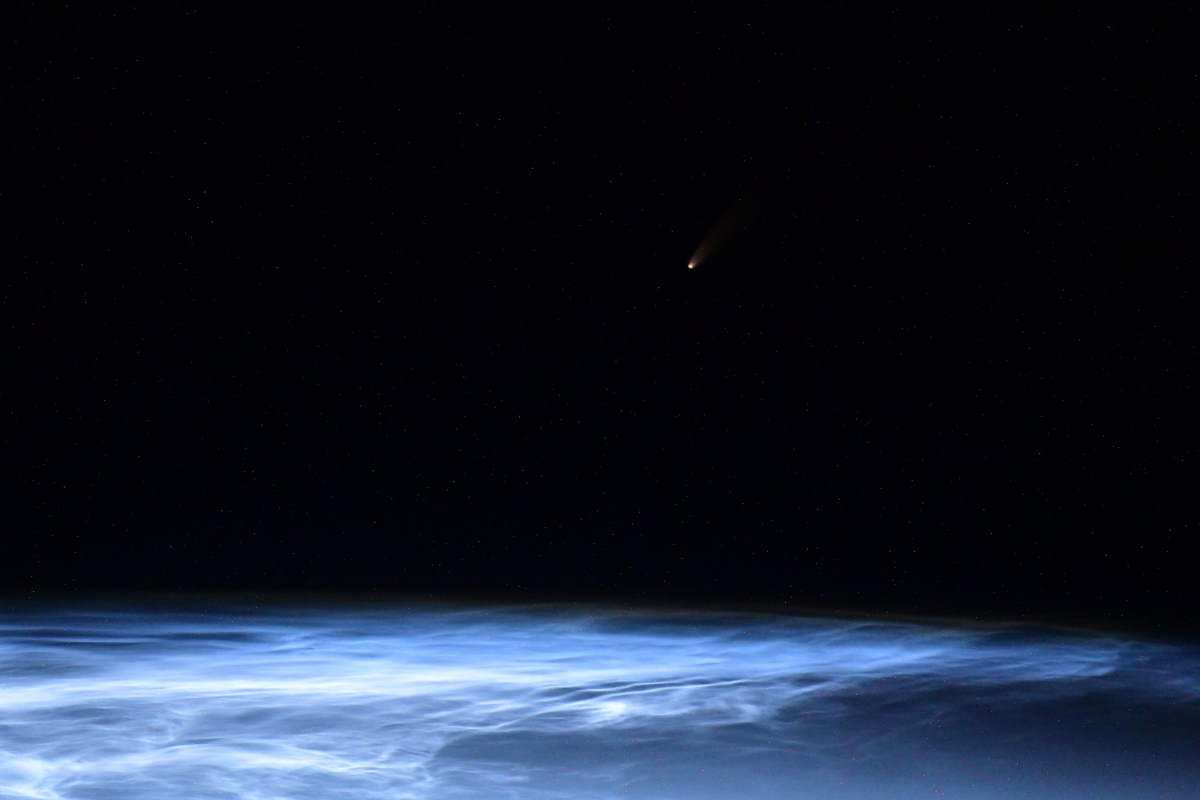For a long time, the Moon was considered bone dry. And that’s not a surprise since our satellite has no atmosphere that could prevent liquid water from immediately evaporating into space. But what remained hidden from even the eyes of the Moon travelers, discovered by the probes, orbiters, and observers: there are enormous amounts of water on the Moon, frozen to ice. And, in time, more and more water on the moon is being discovered. Now, two new studies show that there is probably even more water on the Moon than expected.


